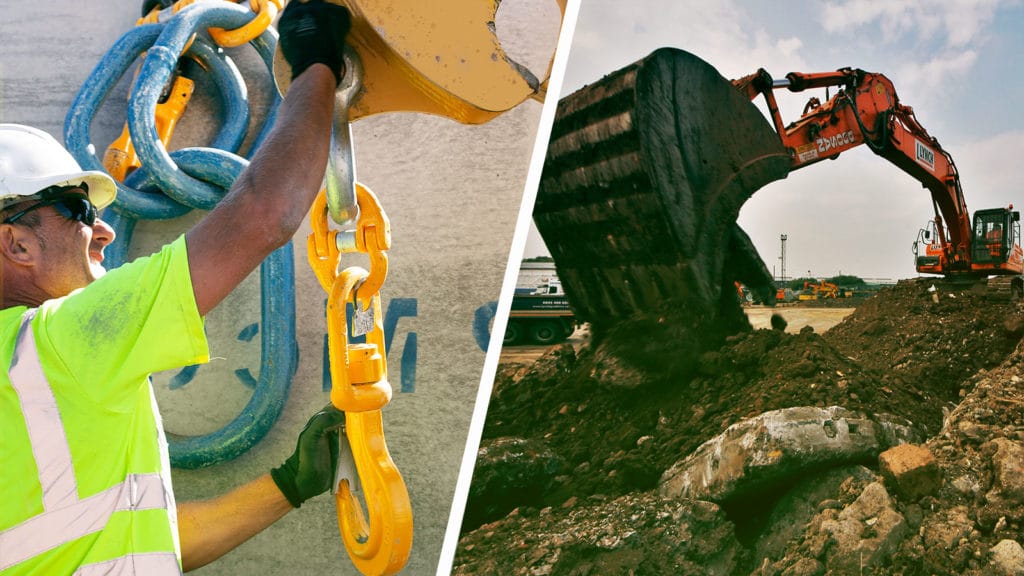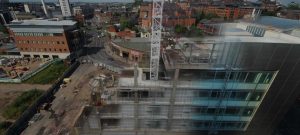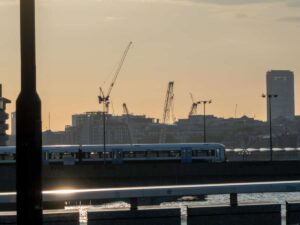be aware and mindful at all times
Our engineers and film makers are on construction sites almost every day, carrying out high end technical and filming operations. During these tasks, the security and safety of all of us is of the upmost importance. Ultimately we rely on our own safe code of practice when on site to ensure that we are always performing tasks as safely as possible. Being aware and mindful of your surroundings when on construction sites is absolutely pivotal to construction site safety.
Often as we’re filming and carrying out technical operations we are in close proximately to a number of different vehicles, machinery and unstable surfaces, and all it takes is a lapse in concentration and poor positioning for us to be at serious risk of a fall or collision. When you’re on site, do not do anything that you know will seriously compromise your awareness. If you have to take a phone call on site for example, always move out of any zones of activity to ensure that you are not near any construction work. Do not let yourself be distracted, as it will severely compromise your safety.
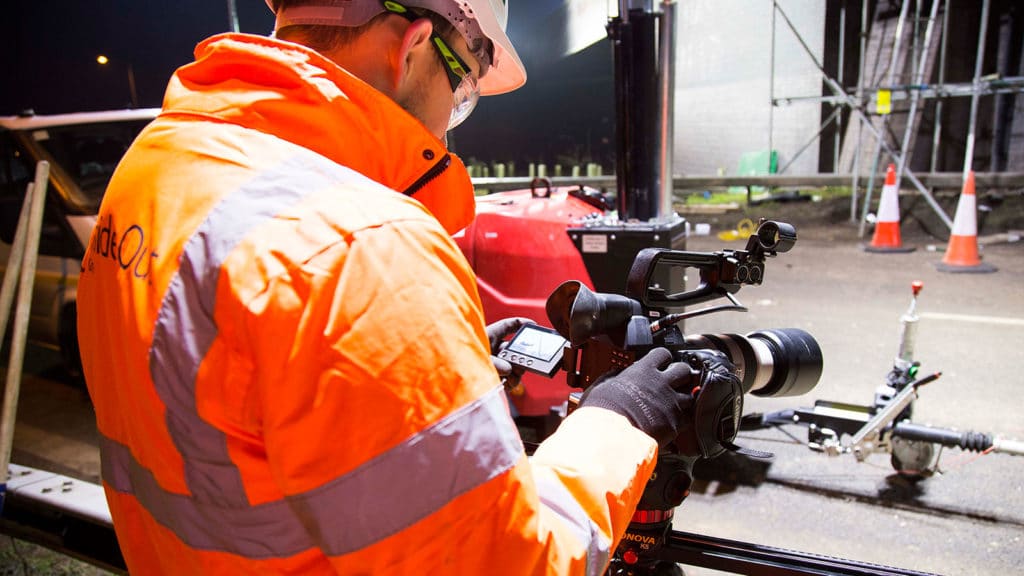 Even when our film makers are trying to get the cutting edge shots we’re known for, we always encourage them to stop and look around their position every few seconds, particularly when construction work around them is getting particularly hectic, to ensure that they are safe.
Even when our film makers are trying to get the cutting edge shots we’re known for, we always encourage them to stop and look around their position every few seconds, particularly when construction work around them is getting particularly hectic, to ensure that they are safe.
always wear the appropriate ppe
Wearing the correct PPE (Personal Protective Equipment) is a huge factor when it comes to construction site safety. Different jobs and sites will require different levels of PPE for different tasks. You should always double check with your client what these are before entering site. PPE can range from a standalone yellow vest to wearing high visibility trousers, long sleeved jackets, helmets, hard hats and specific cut rated gloves. In addition, your tasks may require something not described by the site rules, for example a harness when using a MEWP. We understand that sometimes, work can be unpredictable and even with thorough planning and preparation, last minute changes may always happen on site. For this reason we always carry spare PPE of every colour and garment type in all of our company vehicles, so that we’re never having to enter a work site wearing the incorrect PPE.
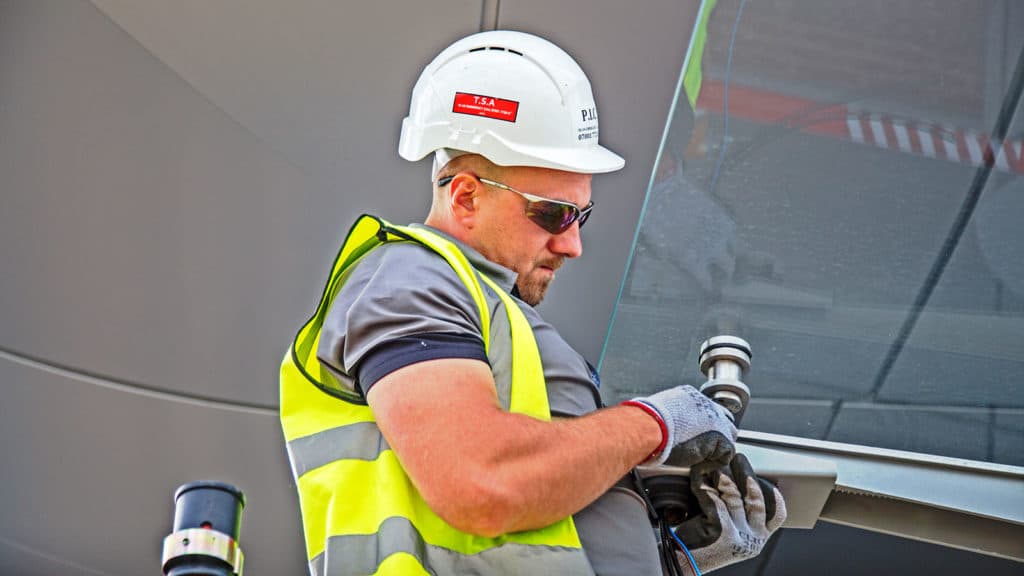 The safety of yourself and others has to be valued above all – if you don’t have a correct PPE required for a site, then don’t go!
The safety of yourself and others has to be valued above all – if you don’t have a correct PPE required for a site, then don’t go!
ENSURE YOU KNOW YOur SITE
Every construction site should have at least a site supervisor or manager, to control the work happening on site. This person will also likely be your point of contact while you’re on site. When on construction sites, always locate and take the contact details of your site supervisor or site manager. Not only will they give you the knowledge needed to work safely, but also are a key point of contact in the case of an emergency. They will be able to brief you on exclusion zones, particularly dangerous areas and provide you and your team with updates as changes happen on site. If you are on a rail construction site, you may instead need to find your ‘Controller of Site Safety (COSS)’ or ‘Safe Work Leader (SWL)’ who can supervise your safe work on the infrastructure.
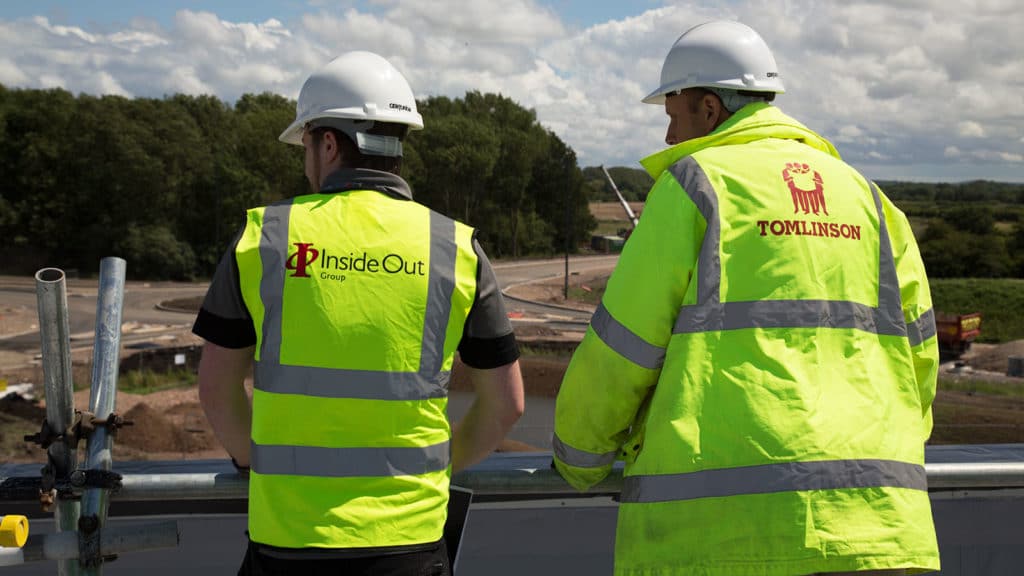 Before we begin working on a construction site, we always ensure that we have made contact with the site supervisor/manager and that we have their details in case we need them.
Before we begin working on a construction site, we always ensure that we have made contact with the site supervisor/manager and that we have their details in case we need them.
clear communication
Construction sites can be very loud, and can severely interrupt communications between you and co-workers. This can not just interrupt workflow, but also put you and your co-workers at risk. Therefore, it is imperative that you always communicate as clearly as possible to minimise the chances of not being understood. Speak slowly and concisely, using a clear vocabulary, and stay away from any jargon which may be difficult for those around you to understand. Double check that they have understand what has been said. Also, when communicating with others, ensure that both you and them are in a safe position to communicate. Don’t attempt to communicate with co-workers across larger distances unless absolutely necessary. Even if you’re carrying out important work, you shouldn’t yell at the top of your lungs across site to a co-worker in an attempt to have them understand you. You should instead stop the work you are doing when appropriate and safe to do so, ensure they are in a safe and controlled environment also, and then go over to them directly and speak to them in a closer proximity. Our PTS training in particular makes us go through scenarios to ensure our communication is clear on railway and other sites that we work on.
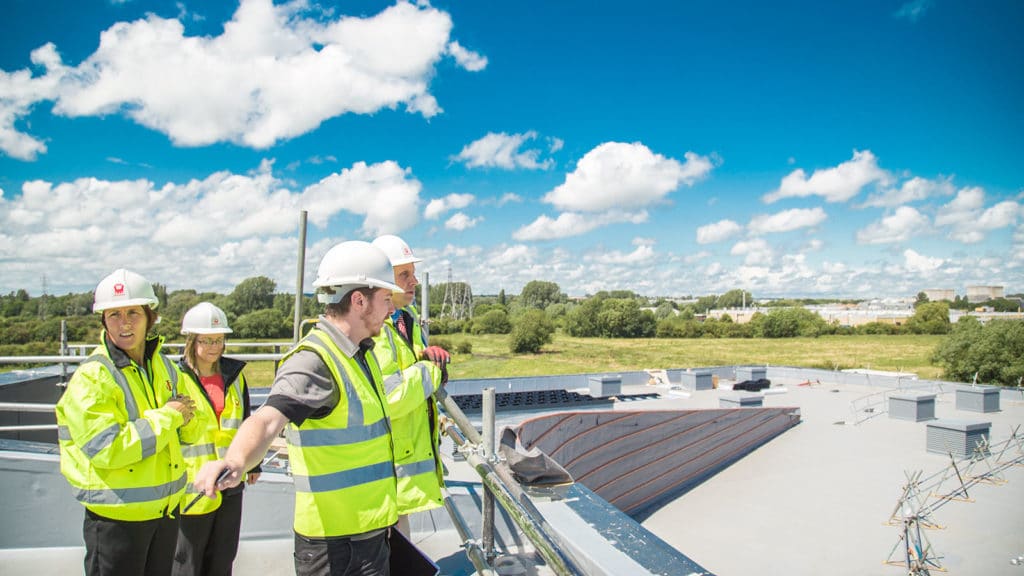 For us, its essential that we clearly communicate with one another when carrying out technical and filming operations on site.
For us, its essential that we clearly communicate with one another when carrying out technical and filming operations on site.
STAY KNOWLEDGEABLE
Experience and knowledge are key to construction site safety. A good way to attain both is through taking up more courses and accreditations. Our staff have key accreditations such as CSCS and SSSTS which educate them on safe work practice on site. They’ve also been through lengthy PTS (Personal Track Safety) courses to help keep them safe when working on rail based construction sites. Even if you’ve already got the minimum required accreditations needed to access a certain site, it can only benefit you to put some more time and effort into providing your staff with the opportunity to learn and as our staff spend time in this industry they find they can spot risks earlier and discuss site specific details with the team quickly and easily.
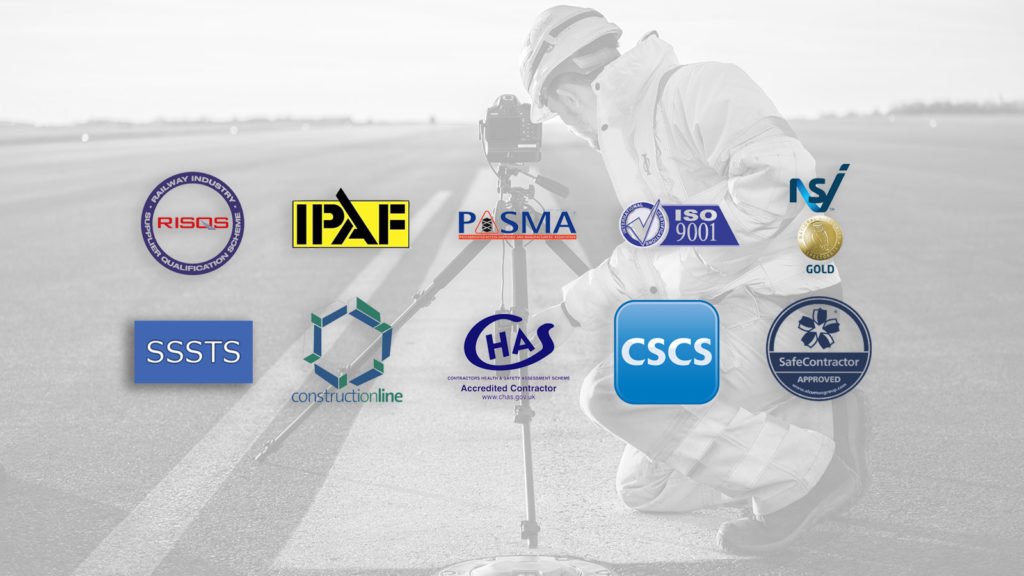
Above are some of the major accreditations that we have when it comes to construction site safety, and we’re always looking to improve and further educate our staff members when it comes to safe working procedure. If you run a business which also deals with construction site work, ensure your properly educating your staff with similar courses as the ones shown above.
HAVE A FIRST AIDER CLOSE TO YOU
Having a trained first aider near you can really improve your construction site safety. A first aider can help provide instantanious response to any incidents and potentially save lives that would not have been saved otherwise. If you find that your work finds you on construction sites very frequently, you should try to ensure that at least a few members of your work team are first aid trained. At the very least, your staff should be aware of the nearest first aider to them on every site. All of our staff are first aid trained, so if an incident does happen with any of our team, or anyone else working site, we can provide quick medical care, such as CPR, reducing the possibility of fatalities on site.
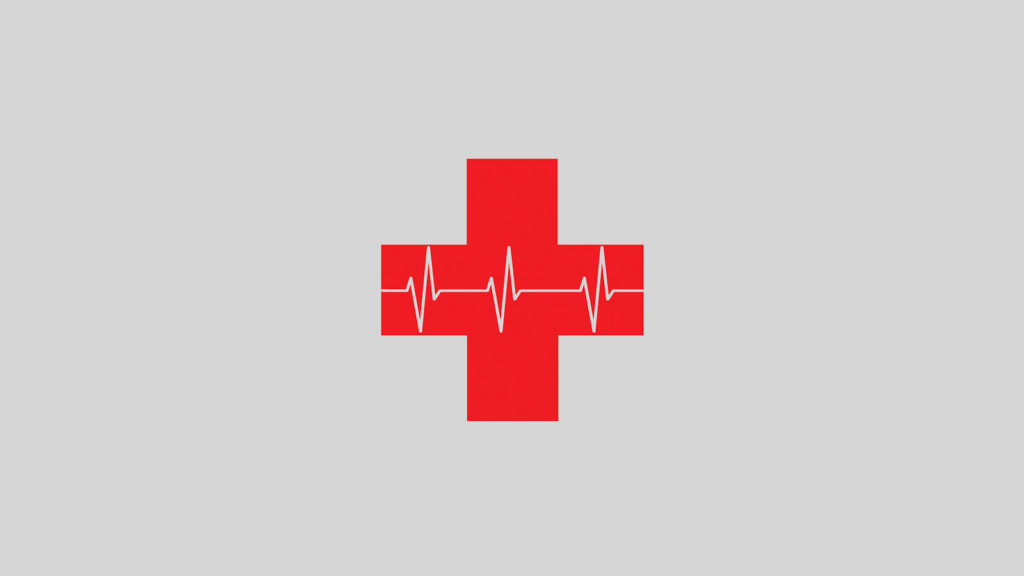 First Aid courses are relatively easy to book and can teach hugely beneficial life saving skills to you and others working on site
First Aid courses are relatively easy to book and can teach hugely beneficial life saving skills to you and others working on site
If you take the above points into account when working on site, you can ensure that you and your fellow workers will be be much safer when working on construction sites of any kind. So thanks for reading our top tips for construction site safety!
[contact_cta]

